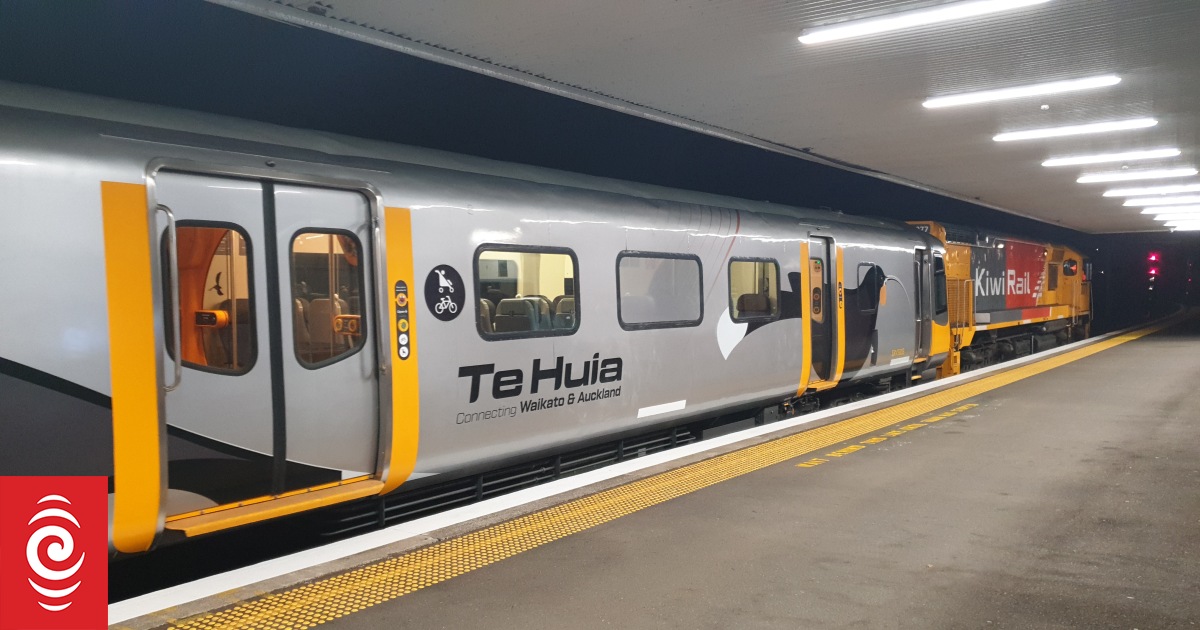The Te Huia train has been temporarily banned from operating in Auckland following two incidents.
In a statement, Waka Kotahi said it had issued the prohibition notice to KiwiRail, preventing Te Huia passenger rail service from entering the Auckland metro area because of recent Signal Passed at Danger (SPAD) incidents.
The notice meant Te Huia’s route, which usually ended at The Strand in Parnell, would terminate at Papakura from this afternoon.
Buses would replace the trains within the Auckland metro area.
Waka Kotahi said two SPAD incidents had been reported by KiwiRail involving Te Huia this year as it travelled between Hamilton and Auckland.
"A SPAD A event is defined as an incident when the train driver has failed to obey a red signal and has entered a section of track where there is the potential for conflict with another rail service.
Wow that’s rather serious.
Yeah, sounds like it.
I don’t know anything about trains and how the network works, but I would have guessed that things like that would have been automated somehow. I guess I’m wrong about that.
There’s lots of options, but they come with differencing costs, effectiveness, reliability, compatibility, and ability to handle lots of traffic. It’s a spectrum all the way from fully automated operation (like you see in some overseas metros), down to ‘be ready to stop if you see something’ (goods yards).
Auckland has ETCS Level 1, which provides cab signaling and speed limit info, and stops trains before they can SPAD or over speed. But the equipment is only fitted to the EMUs, not locos. The train needs to know all its braking characteristics and the track slopes etc., or you have lots of false activations.
Wellington has conventional signaling, with tripcocks at critical signals. These raise a lever on the trackside when the signal is at danger, which trips a valve applying the brakes if a train passes it. Again, only on EMUs. A complete redo of the signaling interlocking, along with the installation of ETCS L1 (or similar?) and wrong line running is expected in Wellington in the next decade
Main trunk lines are mostly conventionally signaled, with limited cab signaling in the central NIMT (installed with the 80s electrification). Branch lines are often Track Warrant Control, meaning you radio the signaller to get permission for each section of line.
The automation methods are around recovery from the SPAD, for example by automatically applying the brakes, alerting the train operator, stopping other trains in the section, etc (specifics vary around the world, and I don’t know what specific actions apply here in NZ)
But those mitigations don’t negate the fact that a SPAD occurred, and the driver doesn’t get a free pass just because automation stopped their train.
Even if the train is slowing to a stop, but proceeds a few metres into a red section of track, that’s still a SPAD, and is treated as just as serious an incident, as if the train had carried on at speed.
I’m novice too but have worked on rail as a surveyor (slip monitoring etc…) They have an app that lets them know lots of things so it’s kind of automated and shows info such as train positions direction etc …
That’s going to be an interesting report to read, for sure. Kiwirail have really been under-performing a lot this year, especially around safety issues. The Kaitaki was a great example of this.
It’s concerning that it seems to be in so many different branches of the business. The company as a whole doesn’t come across as having a very robust safety culture given the potential consequences it deals with.
I hope there are some severe penalties levied against the train driver as well as the company. This is inexcusable.
Edit: Typo - sever to severe
That is not a small deal either. 2 incidents is 2 almost major fatalities and national day of mourning
Damn, it sounds like the first incident especially was extremely serious.
Kiwirail really need to be performing better than they are, this is atrocious.





